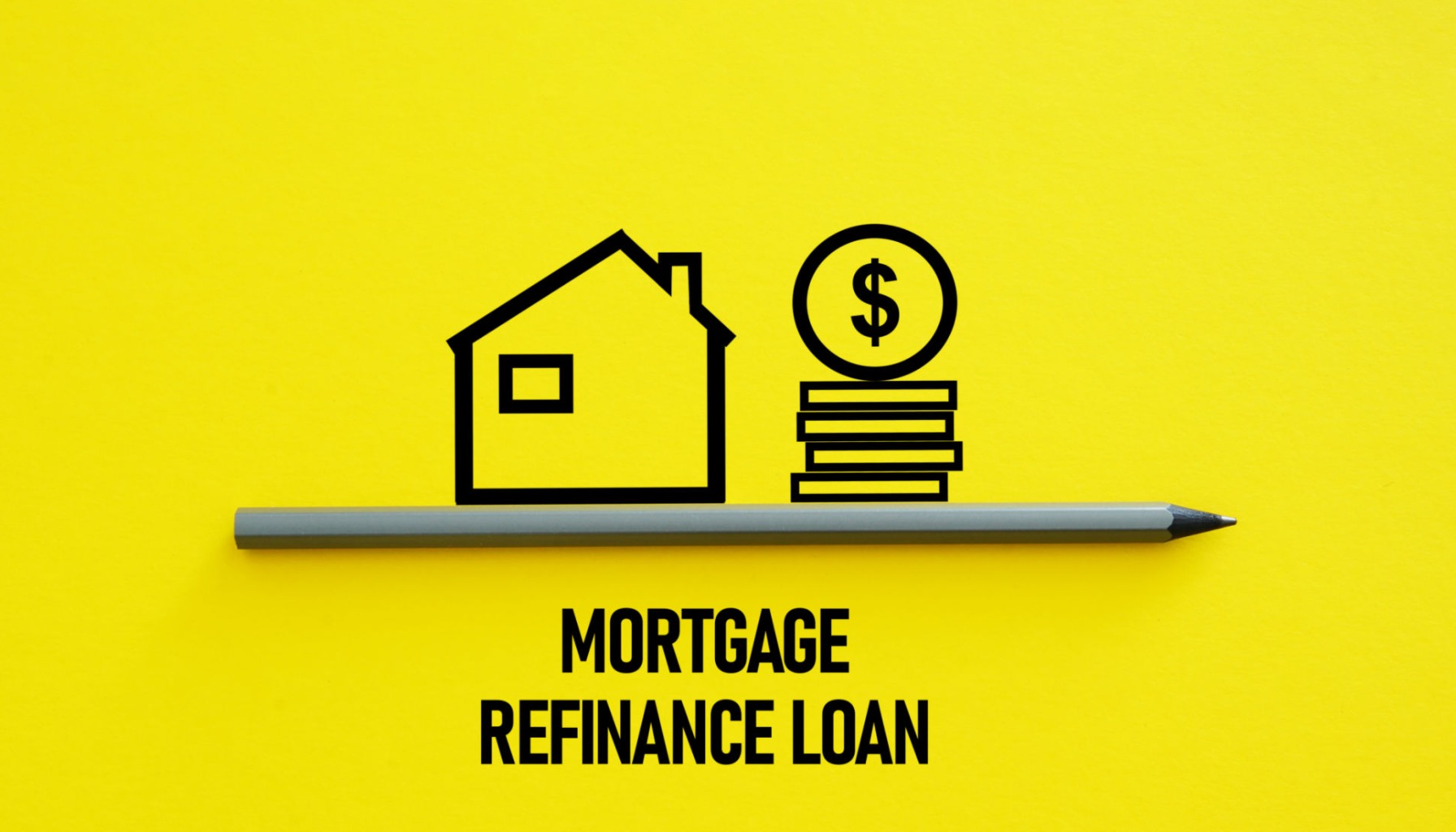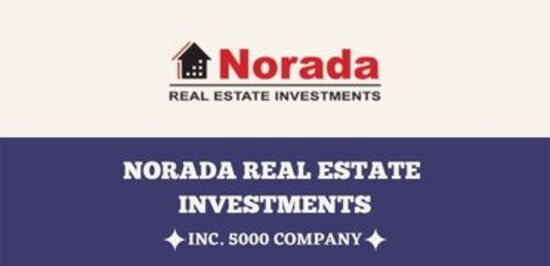Mortgage rates today are showing a significant drop, with the 30-year refinance rate specifically plunging by over 50 basis points. This is a massive move, and it means that if you've been thinking about refinancing your home, now might be the perfect time to pull the trigger. This substantial decrease signals a welcome shift in the borrowing market, and I'm here to break down exactly what it means for you.
Mortgage Rates Today: 30-Year Refinance Rate Plunges by Over 50 Basis Points
Key Takeaways
- Major Rate Drop: According to Zillow, the national 30-year fixed refinance rate has fallen to 6.43%, a significant drop of 53 basis points from last week's average of 6.96%.
- Previous Week's Trend: Even before this latest drop, rates were trending down, with a 51 basis point decrease from the previous week.
- 15-Year and ARM Rates Also Down: It's not just the 30-year fixed; the 15-year fixed refinance rate is now at 5.34% (down 55 basis points), and the 5-year ARM refinance rate is at 6.53% (down a whopping 104 basis points).
- Federal Reserve's Influence: The Federal Reserve's initial rate cut of 2025 has played a crucial role in setting the stage for these falling mortgage rates.
- Meaningful Savings: A drop this size can translate into substantial savings on your monthly mortgage payments.
A Welcome Drop: What This Means for Your Wallet
Let's talk numbers, because that's where the real impact of this 50+ basis point plunge is felt. When we saw the 30-year fixed refinance rate drop from 6.96% to 6.43% on Monday, October 13, 2025, according to Zillow, that’s not just a small tweak. We're talking about potentially saving hundreds of dollars a month, depending on your loan amount and current interest rate.
Imagine this: If you have a $300,000 mortgage and were looking to refinance at 6.96%, your monthly principal and interest (P&I) payment would be around $1,985. Now, if you can snag that same loan at 6.43%, your P&I payment drops to about $1,870 a month. That's a saving of over $115 every single month, or more than $1,380 per year! Over the life of your loan, these savings can add up to tens of thousands of dollars. It's a tangible benefit that can make a real difference in your household budget.
Why the Big Dive? The Fed's Role in the Rate Shift
You can't talk about mortgage rates without talking about the Federal Reserve. Their actions have a ripple effect across the entire economy, and this big drop in mortgage rates is a prime example. On September 17, 2025, the Fed decided to cut its benchmark interest rate for the first time in 2025. This move, to a target range of 4.0% to 4.25%, was a significant signal that they believe it’s time to ease up on borrowing costs.
After pausing for five meetings, this cut, following three in late 2024, suggests a shift in their strategy. They're trying to find that delicate balance: keeping inflation in check while also supporting a growing economy and a cooling job market. While the job market is showing some signs of cooling, with unemployment rising to 4.3%, and GDP growth is still strong, the Fed is signaling that they see room for lower rates. This change at the top is what ultimately influences the rates we see on our mortgages.
The Treasury Connection: How Fed Rates Filter Down
So, how does a Fed rate cut morph into lower mortgage rates? It's all about the 10-year U.S. Treasury yield. Think of this yield as the canary in the coal mine for mortgage rates. Lenders use it as a benchmark. When the Fed cuts its rates, it tends to push down the yields on Treasury bonds.
As of mid-October 2025, the 10-year Treasury yield is hovering around 4.12%, which is pretty good news. It’s below its long-term average. Now, mortgage rates aren't exactly the same as Treasury yields. There's usually a spread – an extra percentage point or two – that lenders add to cover risks and make a profit. This spread has been a bit wide lately, meaning that the full benefit of lower Treasury yields hasn't always translated directly into mortgage rate drops. However, with the recent Fed action and the stabilization of Treasury yields, we're finally seeing more of that goodness passed on to borrowers.
Beyond the 30-Year: Other Refinance Options See Gains
While the plunge in the 30-year fixed refinance rate is the headline-grabber, it’s important to note that other loan types are also offering better deals.
Here’s a quick look at the changes:
| Loan Type | Previous Avg. Rate | Current Avg. Rate | Basis Point Drop |
|---|---|---|---|
| 30-Year Fixed | 6.96% | 6.43% | 53 |
| 15-Year Fixed | 5.89% | 5.34% | 55 |
| 5-Year ARM | 7.57% | 6.53% | 104 |
As you can see, the 5-year Adjustable-Rate Mortgage (ARM) saw an even more dramatic decrease, dropping by over a full percentage point! If you're someone who plans to move or refinance again within a few years, an ARM might be worth considering, especially with these lower initial rates. The 15-year fixed also saw a substantial drop, offering a path to faster equity building and lower overall interest paid compared to a 30-year loan, albeit with a higher monthly payment.
What a 51 Basis Point Drop Means for Monthly Payments
I touched on this earlier, but let’s really drive home what a 51 basis point difference (which is essentially the same as 53 basis points in this context) means for your monthly budget. When we talk about basis points, it’s helpful to remember that 100 basis points equals 1 percentage point. So, a 51 basis point drop is a little over half a percentage point.
For a $400,000 loan:
- At 6.94% (previous week's average), your estimated P&I payment is roughly $2,647.
- At 6.43% (current rate), your estimated P&I payment drops to about $2,507.
That’s a saving of $140 a month, which adds up to $1,680 a year! These are significant savings that can free up cash for other financial goals, like saving for retirement, paying down other debts, or simply enjoying life a little more.
Refinance Timing: Locking in Rates Before Further Hikes
This is where my personal experience comes into play. As someone who has navigated the mortgage market for years, I’ve learned that timing is everything. While the current trend is downward, the economic picture is always shifting. The Fed’s next moves, inflation data, and global economic events can all influence interest rates.
My advice? If you’re considering refinancing and you’re seeing rates that significantly improve your financial situation, don't wait too long to lock. While more rate cuts might be on the horizon, there’s no crystal ball. Locking in a rate that saves you money now is a guaranteed win.
Think of it this way: the market has seen improvements, but the spread between Treasury yields and mortgage rates is still a factor. This means that while rates are good, they might not be as low now as they could be if that spread tightened further and Treasury yields continued to fall. However, relying on that could mean missing out on current savings. It’s a calculated risk, and for many, securing a lower rate today is the smarter play.
Comparing 30-Year Fixed vs. 15-Year Refinance Options
Choosing between a 30-year and a 15-year refinance depends on your financial goals and how much you can comfortably afford each month.
- 30-Year Fixed:
- Pros: Lower monthly payments, more flexibility in your budget.
- Cons: You'll pay more interest over the life of the loan.
- Ideal for: Homeowners who need manageable monthly payments or plan to pay extra towards the principal when possible.
- 15-Year Fixed:
- Pros: Lower interest rate (as seen in the data), pay off your mortgage much faster, save tens of thousands in interest.
- Cons: Higher monthly payments.
- Ideal for: Homeowners who can afford the higher payments and want to be mortgage-free sooner.
With the 15-year fixed option now sitting at 5.34%, the gap between it and the 30-year fixed has narrowed significantly. This makes the 15-year refinance a more attractive option for a lot of people who might have shied away from it due to higher monthly payments previously.
How Credit Score Impacts Your Refinance Rate Today
It's crucial to remember that these averages are just that – averages. Your personal credit score plays a vital role in determining the exact refinance rate you'll qualify for. Generally, the higher your credit score, the lower your interest rate will be. Lenders see borrowers with excellent credit (typically 740 and above) as less risky, and they reward that with better rates.
If your credit score has improved since you last took out your mortgage, you're in an even better position to take advantage of these dropping rates. If your score isn't as high as you'd like, it might be worth taking a few months to work on improving it before you apply, as even a small increase can lead to significant savings over time.
Recommended Read:
30-Year Fixed Refinance Rate Trends – October 12, 2025
What's Next? Keeping an Eye on the Data
The Federal Reserve is watching the economic data very closely. They’ll be paying attention to:
- Inflation: Is it consistently moving towards their 2% target?
- Jobs: How is the labor market evolving?
- GDP Growth: Is the economy expanding at a healthy pace without overheating?
These factors will guide their decisions on future interest rate adjustments. For us, as homeowners and potential refinancers, it means staying informed. A solid mortgage rate today is great, but understanding the forces at play can help us make smarter long-term financial decisions.
The Bottom Line
The mortgage rates today, particularly the 30-year refinance rate plunging by over 50 basis points, is fantastic news for homeowners. It's a clear sign that borrowing costs are becoming more favorable. Whether you're looking to lower your monthly payments, shorten your loan term, or tap into home equity, now is a prime time to explore your refinancing options. Don't miss out on this opportunity to potentially save a significant amount of money.
“Invest Smart — Build Long-Term Wealth Through Real Estate”
Norada's team can guide you through current market dynamics and help you position your investments wisely—whether you're looking to reduce rates, pull out equity, or expand your portfolio.
Work with us to identify proven, cash-flowing markets and diversify your portfolio while borrowing costs remain favorable.
HOT NEW TURNKEY DEALS JUST LISTED!
Speak with a seasoned Norada investment counselor today (No Obligation):
(800) 611-3060
Recommended Read:
- When You Refinance a Mortgage Do the 30 Years Start Over?
- Should You Refinance as Mortgage Rates Reach Lowest Level in Over a Year?
- NAR Predicts 6% Mortgage Rates in 2025 Will Boost Housing Market
- Mortgage Rates Predictions for 2025: Expert Forecast
- Half of Recent Home Buyers Got Mortgage Rates Below 5%
- Mortgage Rates Need to Drop by 2% Before Buying Spree Begins
- Will Mortgage Rates Ever Be 3% Again: Future Outlook
- Mortgage Rates Predictions for Next 2 Years
- Mortgage Rate Predictions for Next 5 Years
- Mortgage Rate Predictions for 2025: Expert Forecast



